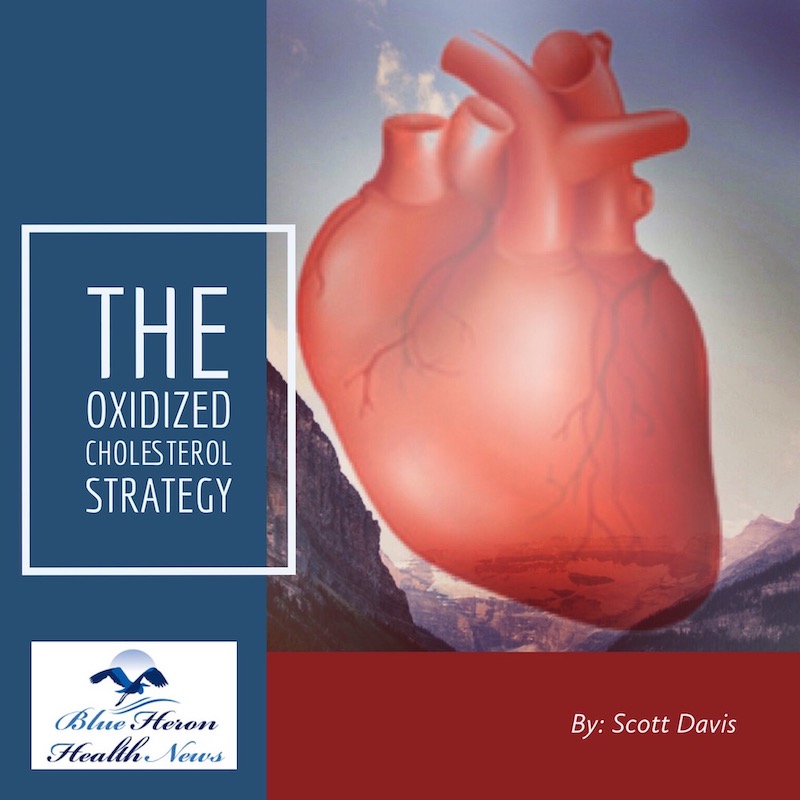Introduction: Epinephrine, commonly known as adrenaline, is a crucial hormone and neurotransmitter that plays a significant role in the body’s fight-or-flight response. Epinephrine agonists are a class of drugs designed to mimic the effects of natural epinephrine, finding extensive use in various medical scenarios. This article delves into the details of epinephrine agonists, outlining their mechanism of action, clinical applications, and the precautions associated with their use.
Mechanism of Action
Epinephrine agonists function by stimulating the adrenergic receptors in the body, which are the primary targets of natural epinephrine. These receptors are located on various types of cells and are classified into alpha and beta types, each with their subtypes. Upon activation, these receptors trigger a cascade of physiological responses, including increased heart rate (positive chronotropic effect), enhanced force of heart contractions (positive inotropic effect), bronchodilation (expansion of airways), and vasoconstriction (narrowing of blood vessels).
Clinical Applications
- Management of Anaphylaxis: Anaphylaxis is a severe, life-threatening allergic reaction. Epinephrine agonists are the first line of treatment in such cases. They alleviate symptoms by reversing airway constriction and countering the severe drop in blood pressure.
- Cardiac Arrest: During cardiac arrest, epinephrine agonists are used to stimulate the heart, increasing the likelihood of successful resuscitation.
- Asthma and Respiratory Conditions: These drugs are beneficial in treating asthma and other respiratory conditions by causing bronchodilation, thereby easing breathing difficulties.
- Use in Surgeries: As vasoconstrictors, epinephrine agonists can reduce bleeding during surgical procedures.
- In Ophthalmology: They are used in eye surgeries to reduce intraocular pressure and prolong the duration of local anesthetics.
Pharmacokinetics and Dosage
The pharmacokinetics of epinephrine agonists depend on the route of administration. These drugs can be administered intravenously, intramuscularly, or as inhalants in the case of respiratory conditions. The dosage varies significantly depending on the indication and the patient’s response. In emergency scenarios like anaphylaxis, a specific dose is administered as a pre-filled autoinjector.
Adverse Effects and Precautions
While epinephrine agonists are life-saving in many scenarios, they come with potential side effects, particularly when misused or overused. Common adverse effects include palpitations, tremors, anxiety, headache, and elevated blood pressure. In some cases, they may lead to arrhythmias or exacerbate underlying heart conditions. Therefore, their use requires careful monitoring, especially in patients with cardiovascular diseases.
Interactions and Contraindications
Epinephrine agonists can interact with various drugs, including beta-blockers, which may either potentiate or weaken their effects. They are also contraindicated in certain conditions like uncontrolled hyperthyroidism, and caution is advised in patients with diabetes, as they can affect blood sugar levels.
Conclusion
Epinephrine agonists are vital drugs in the management of several acute medical conditions. Their ability to mimic the action of natural adrenaline makes them indispensable in emergency medicine. However, the use of these drugs requires a thorough understanding of their mechanism, appropriate dosing, and potential risks. Ongoing research and development in this field aim to optimize their efficacy while minimizing adverse effects, ensuring they continue to be a cornerstone in life-saving medical interventions.




0 Comments